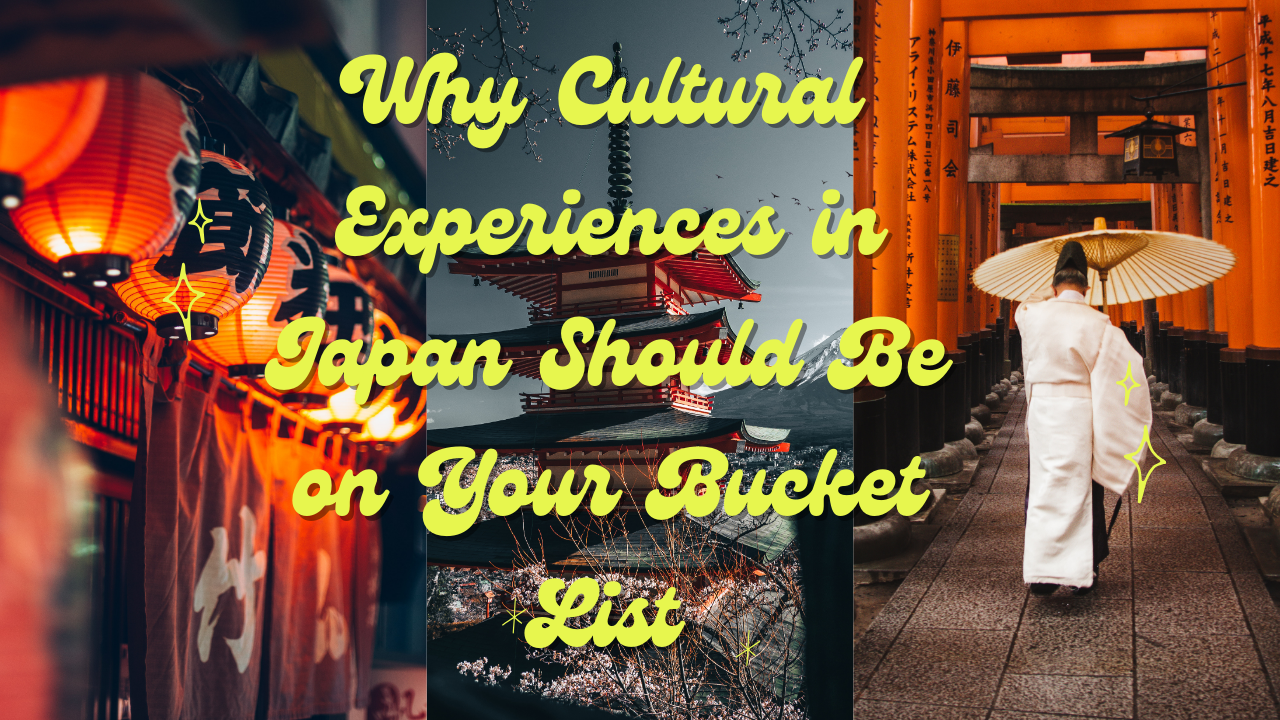Japan is a land of contrasts, where ancient traditions blend seamlessly with cutting-edge modernity. With its rich heritage, breathtaking landscapes, and warm hospitality, Japan offers cultural experiences that are truly unparalleled. Whether you’re exploring the bustling streets of Tokyo or the serene gardens of Kyoto, every corner of this country tells a story that beckons travelers worldwide.
Table of Contents
The Allure of Japan’s Cultural Heritage
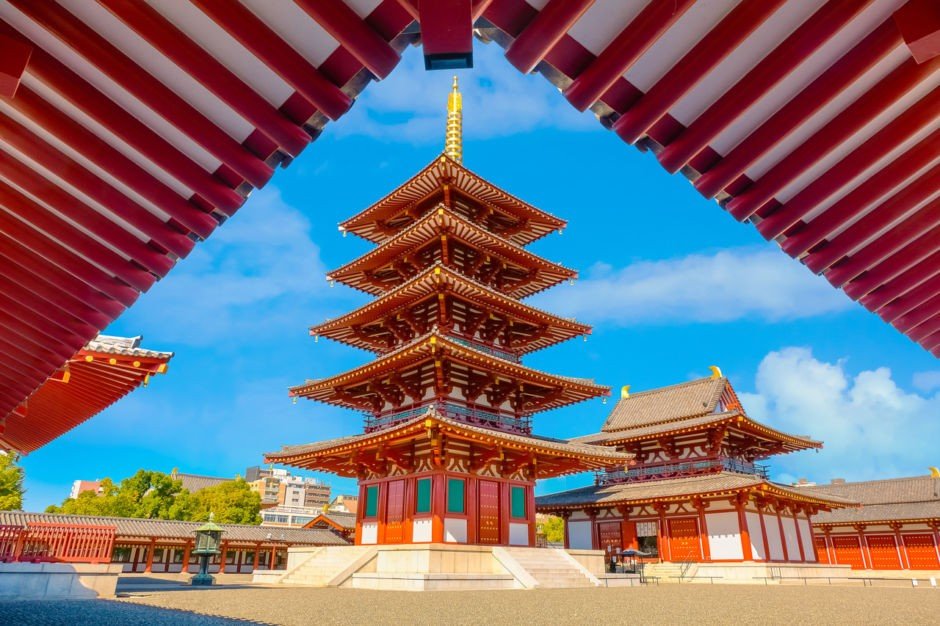
Ancient Traditions Preserved
Japan’s dedication to preserving its traditions is evident in its meticulous care for historical artifacts, rituals, and ceremonies. From tea ceremonies to traditional dance performances, the country’s cultural practices are alive and thriving.
UNESCO World Heritage Sites
With over 25 UNESCO World Heritage Sites, including the historic villages of Shirakawa-go and the temples of Nara, Japan’s cultural landmarks are a testament to its rich history and artistry.
Japanese Festivals (Matsuri)
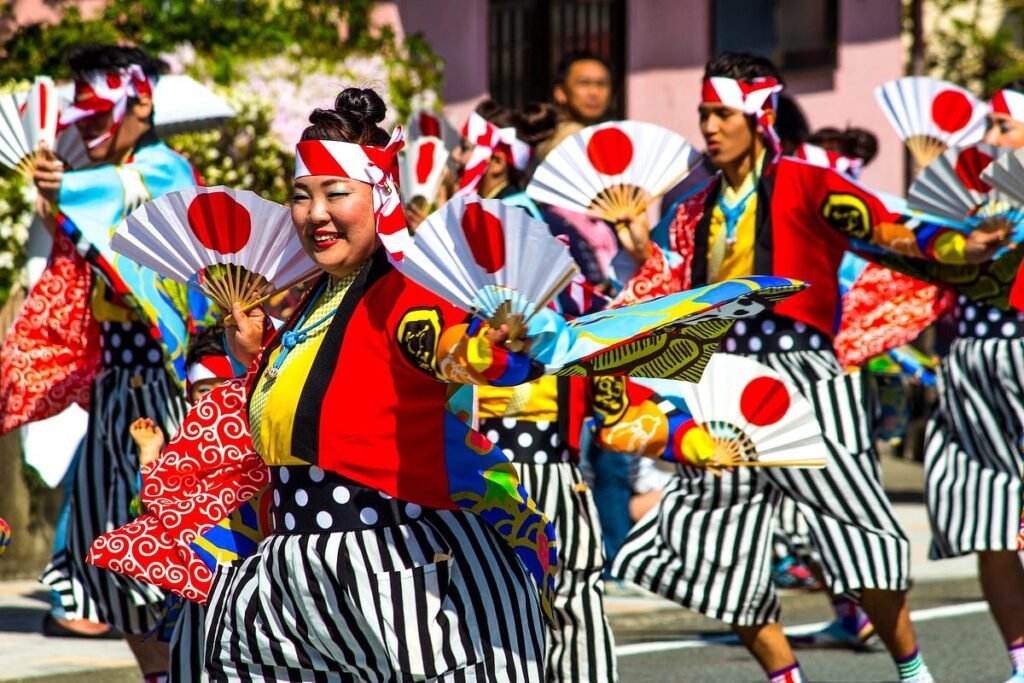
The Essence of Matsuri
Japanese festivals, or Matsuri, are vibrant celebrations deeply rooted in community and tradition. Each Matsuri reflects the unique character of the region, offering a colorful glimpse into local customs.
Popular Festivals You Should Attend
- Gion Matsuri: Held in Kyoto, this is one of Japan’s most famous festivals, featuring elaborate floats and traditional music.
- Awa Odori: Known for its energetic dance performances, this festival in Tokushima is a must-see for its lively atmosphere.
Traditional Arts and Crafts
Tea Ceremony (Chanoyu)
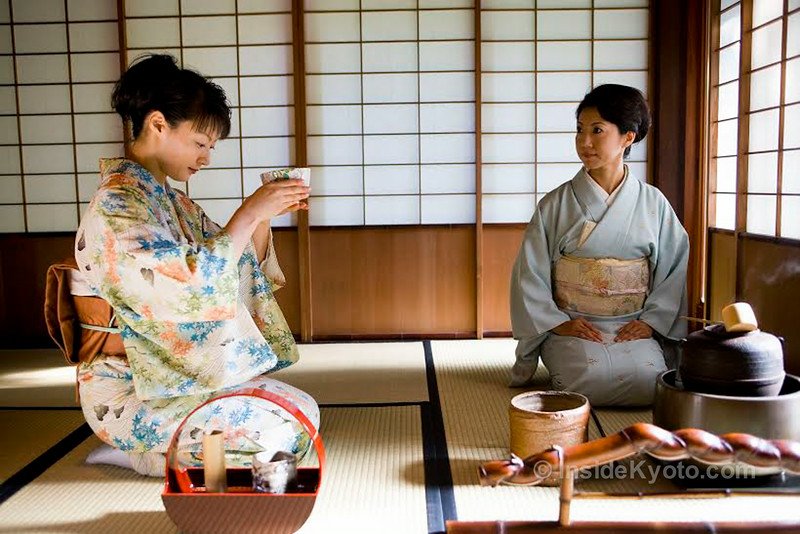
Participating in a tea ceremony is a meditative experience that embodies Japanese aesthetics and hospitality. Every movement is deliberate, creating a harmonious flow.
Ikebana: The Art of Flower Arrangement
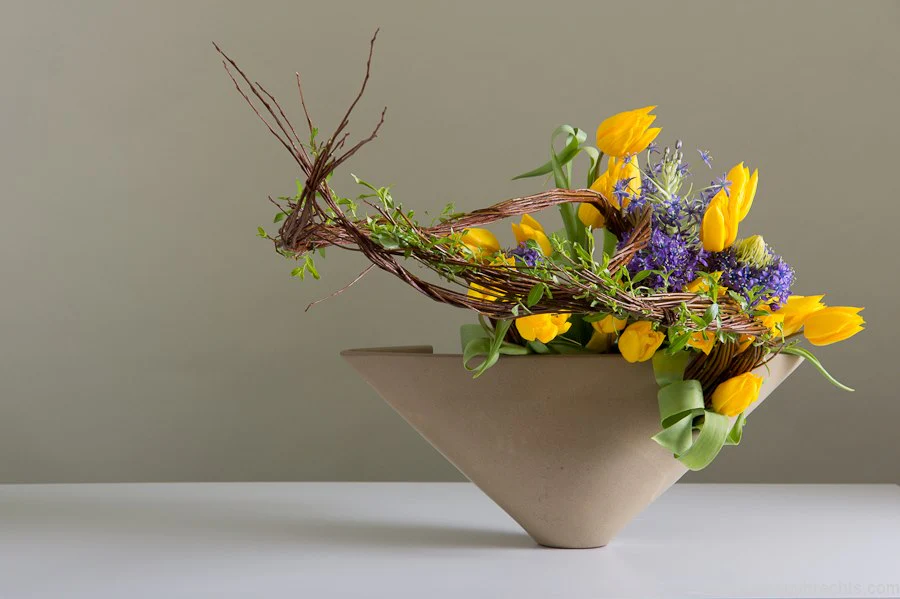
Ikebana, the art of flower arrangement, goes beyond decoration. It’s a disciplined practice that emphasizes balance, harmony, and form.
Calligraphy (Shodō)
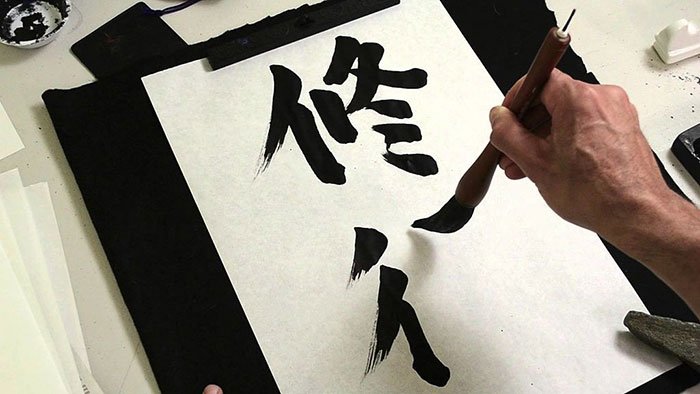
Shodō, or Japanese calligraphy, is both an art and a discipline. The beauty of each character reflects the writer’s focus and intent.
Culinary Adventures in Japan
The Cultural Significance of Japanese Cuisine

Japanese food is an art form, celebrated for its seasonal ingredients and meticulous preparation. UNESCO even recognizes washoku (Japanese cuisine) as an Intangible Cultural Heritage.
Sushi, Ramen, and Kaiseki
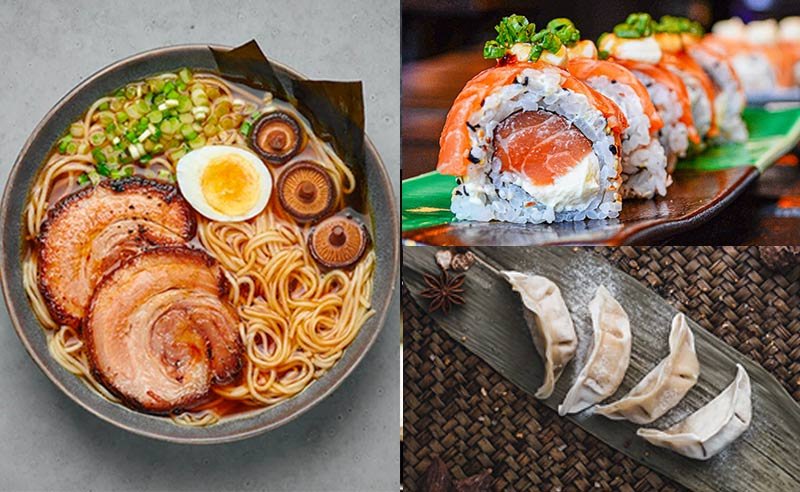
From savoring fresh sushi at Tsukiji Market to enjoying a multi-course Kaiseki meal, Japan’s culinary offerings are diverse and delightful.
Exploring Local Food Markets
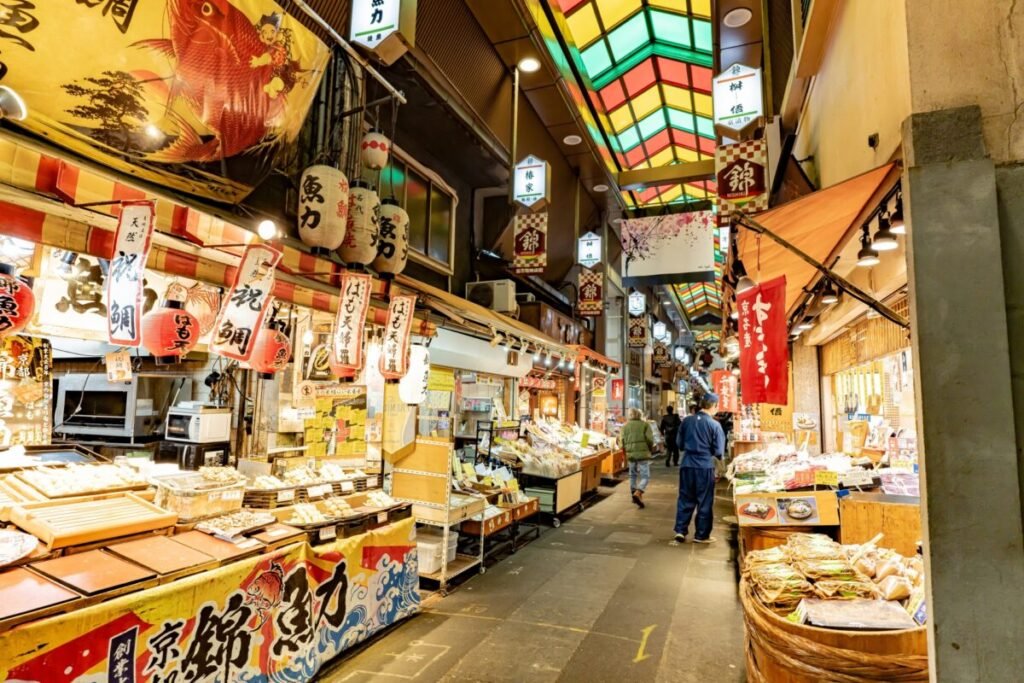
Markets like Nishiki in Kyoto or Kuromon in Osaka are treasure troves of local delicacies and cultural insights.
Historical Sites and Architecture
Castles of Japan
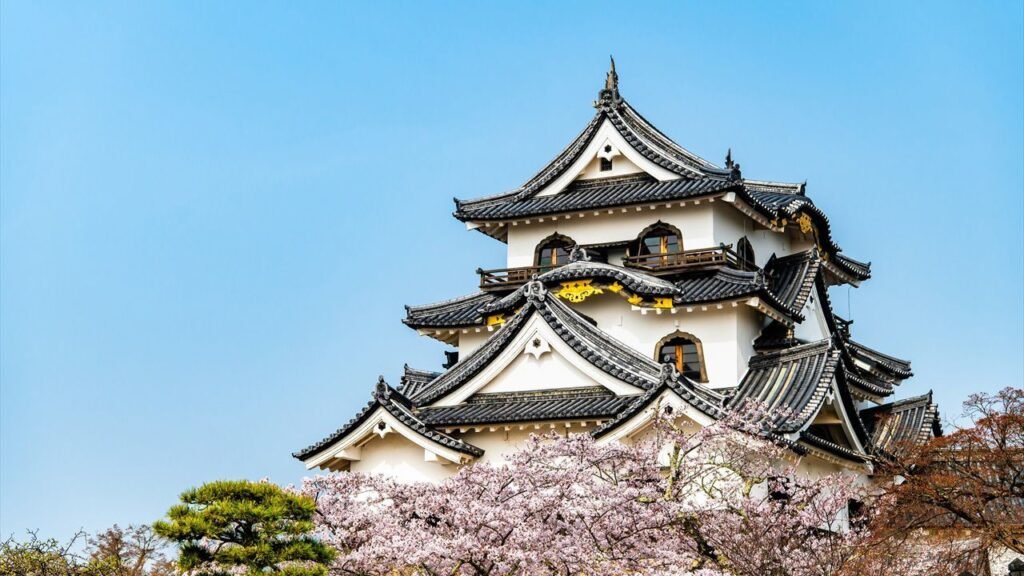
Majestic structures like Himeji Castle showcase the architectural ingenuity and historical significance of Japan’s feudal era.
Edo Period Towns
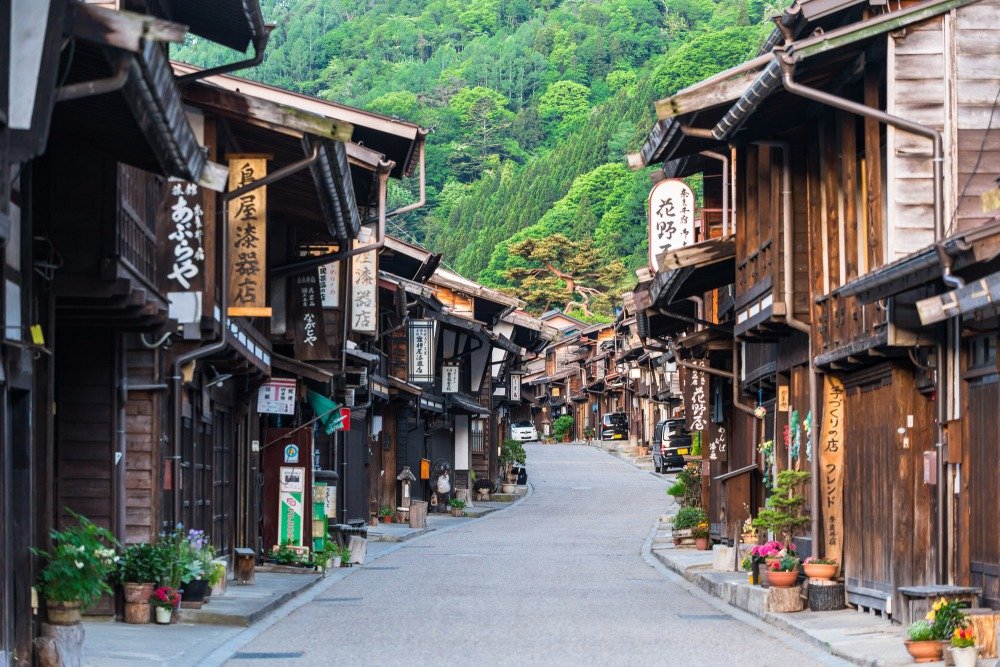
Places like Kanazawa and Takayama preserve the charm of the Edo period, offering a glimpse into Japan’s past.
Spiritual Experiences
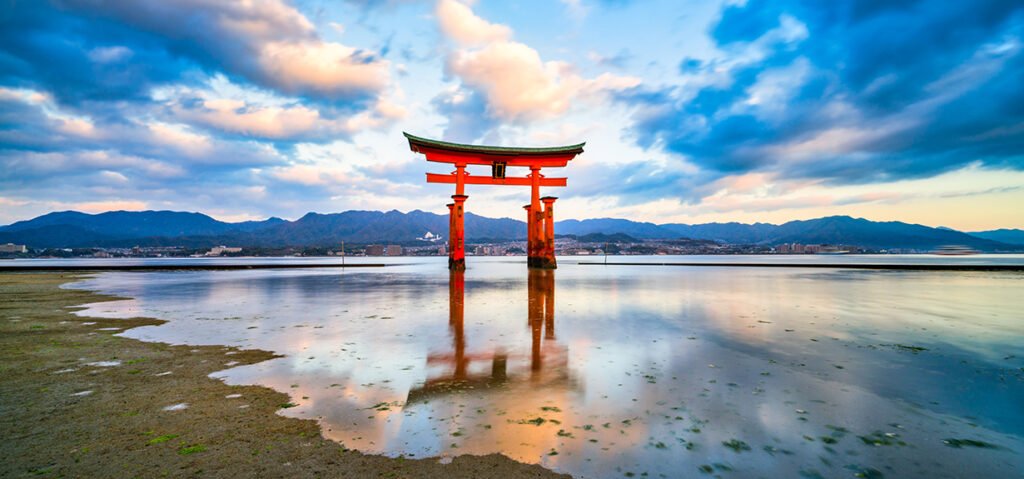
Visiting Shinto Shrines and Buddhist Temples
Sacred sites like Fushimi Inari Taisha and Todai-ji provide profound spiritual and cultural experiences.
Zen Meditation Practices
Engaging in zazen (seated meditation) at a Zen temple can be a transformative experience.
The Pilgrimage Routes of Kumano Kodo
Walking these ancient paths connects travelers to Japan’s spiritual roots and breathtaking landscapes.
Nature and Cultural Landscapes
Cherry Blossoms (Hanami)
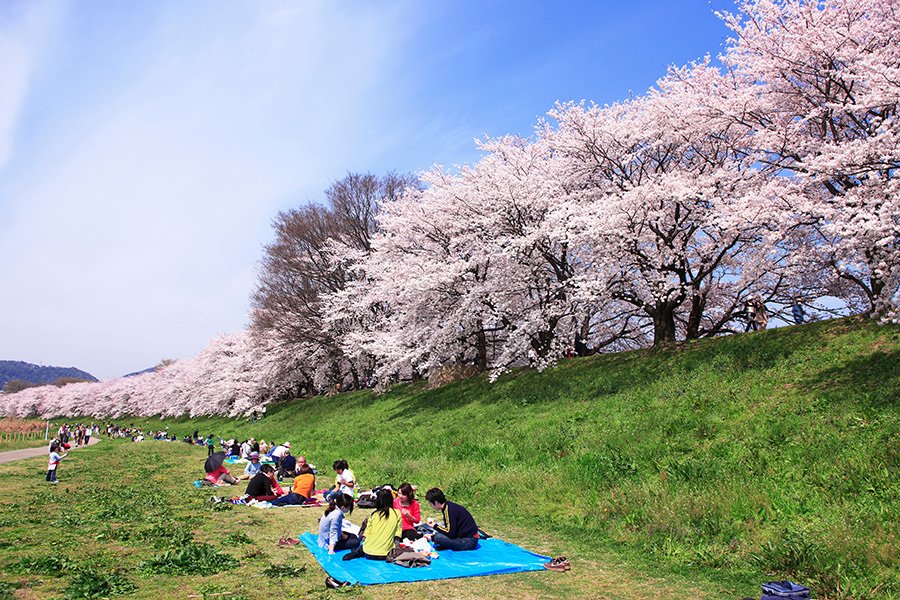
Springtime in Japan is magical, with cherry blossoms adorning parks and streets. Hanami parties are a cherished tradition.
Traditional Japanese Gardens
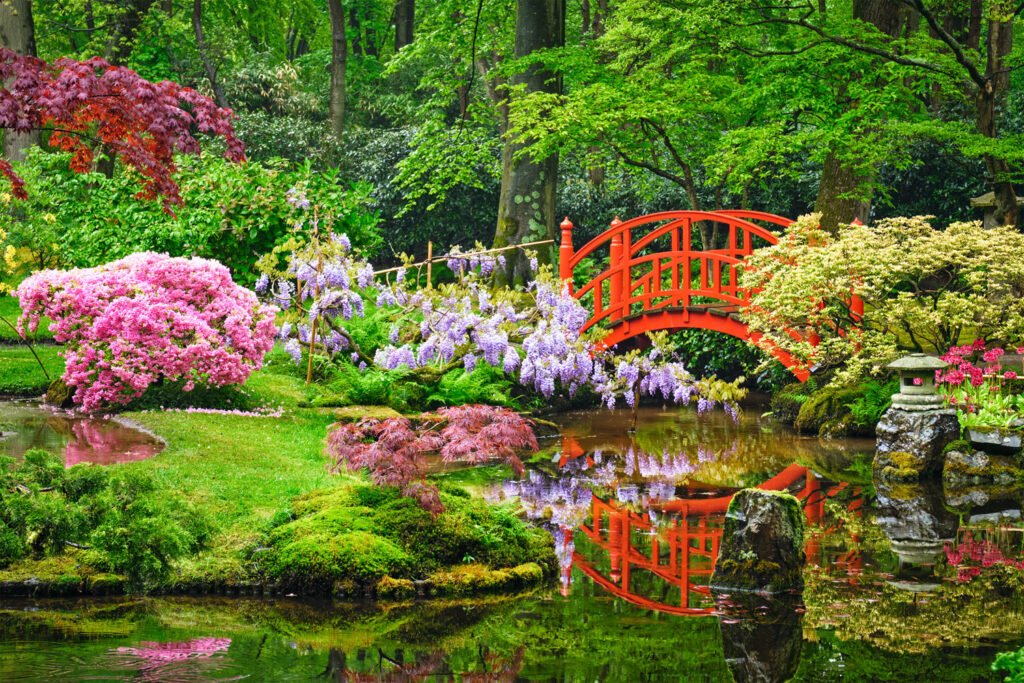
Gardens like Kenrokuen and Ritsurin offer serene beauty, meticulously designed to reflect seasonal changes.
The Iconic Mount Fuji
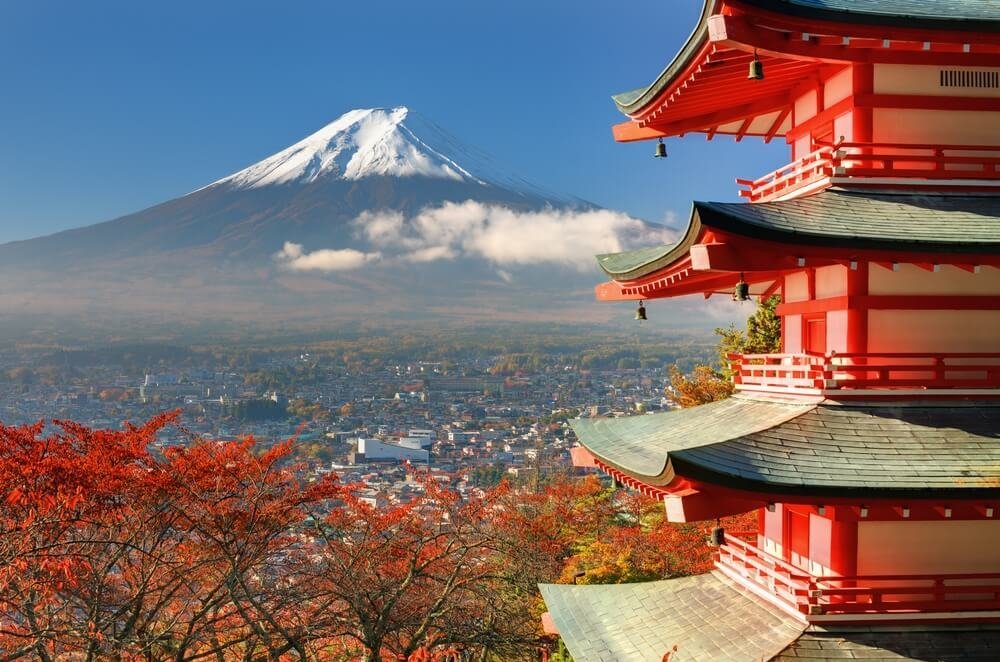
In and of itself, climbing Mount Fuji or just taking in its beauty is a spiritual and cultural adventure.
Unique Accommodation Experiences
Staying in a Ryokan
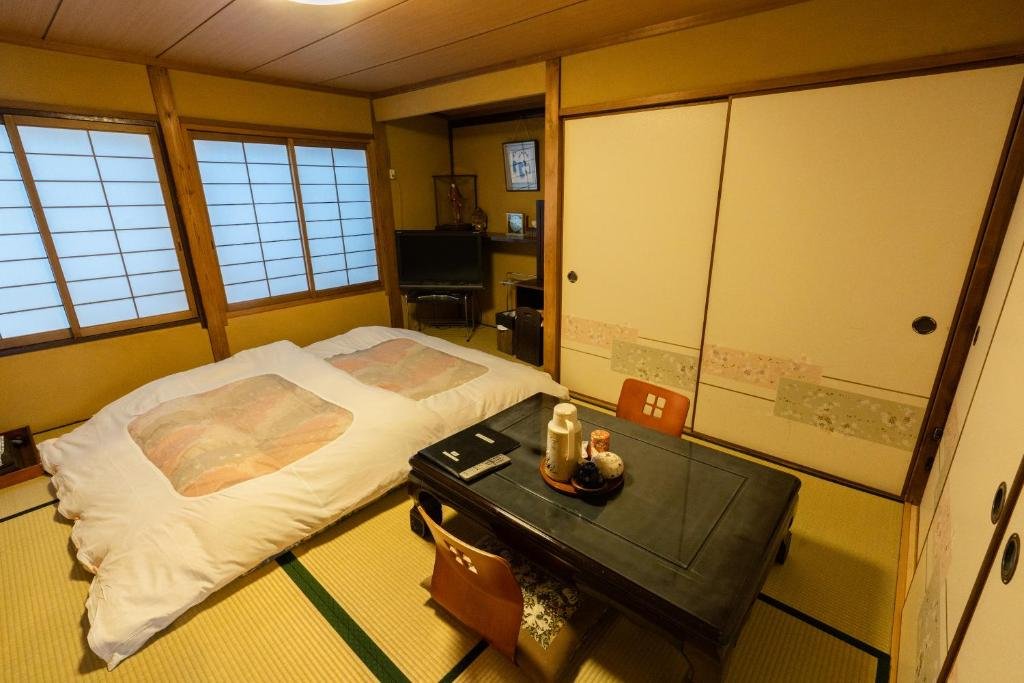
Traditional inns, or ryokans, offer an authentic taste of Japanese hospitality with tatami rooms and hot springs.
Experiencing Capsule Hotels

These futuristic accommodations reflect Japan’s innovative spirit, perfect for urban explorers.
Pop Culture and Modern Traditions
The Rise of Anime and Manga

There is no denying Japan’s impact on popular culture around the world, as anime and manga continue to captivate audiences everywhere.
Exploring Harajuku and Otaku Culture
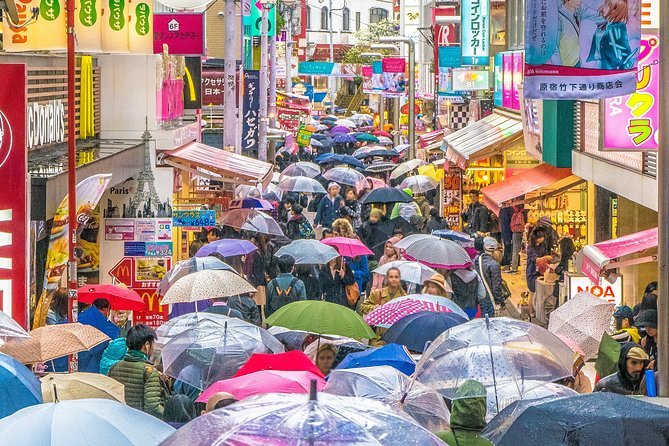
The vibrant streets of Harajuku and Akihabara showcase Japan’s playful and creative side.
Traditional Meets Modern in Urban Japan
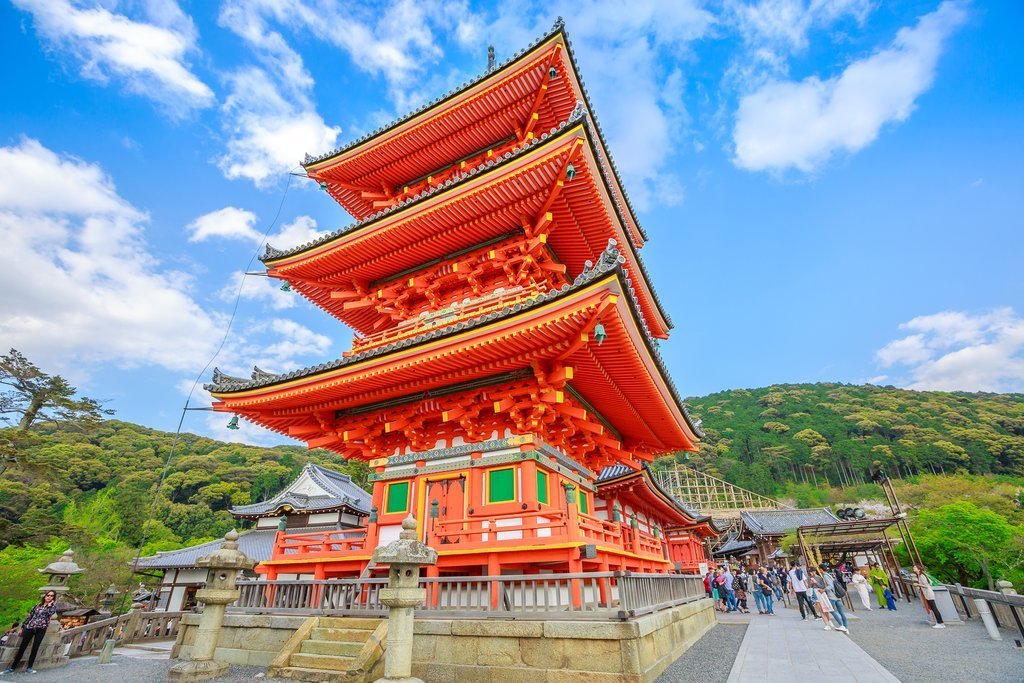
Cities like Tokyo and Osaka seamlessly blend historical sites with futuristic architecture.
Tips for Experiencing Japanese Culture
Embrace the Local Etiquette
Respectful behavior, such as bowing and removing shoes indoors, goes a long way in immersing yourself in Japanese culture.
Learn a Few Japanese Phrases
Simple greetings and phrases can make a big difference in connecting with locals.
Travel During the Right Seasons
Cherry blossom season in spring and the vibrant autumn foliage are ideal times to visit.
Also visit:
Plan Your Adventure: Top Hiking Trails in Colorado for Weekend Getaways
The Most Scenic Top Hiking Trails in Colorado for Stunning Views
Explore Beyond Rome and Venice: Hidden Gems in Italy
Hidden Gems in Italy: Your Guide to Offbeat Adventure
Hidden Germs in Italy: Unique and Undiscovered Places
The Best Beaches in Florida for Nature Lovers
Conclusion
Japan’s cultural experiences are a feast for the senses, offering something for every traveler. From ancient traditions to modern innovations, the country’s rich tapestry of culture makes it a must-visit destination. So why wait? Start planning your Japanese adventure today.

